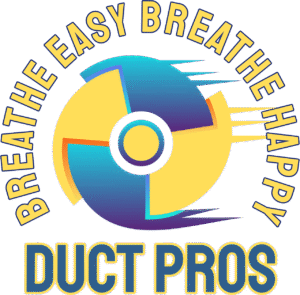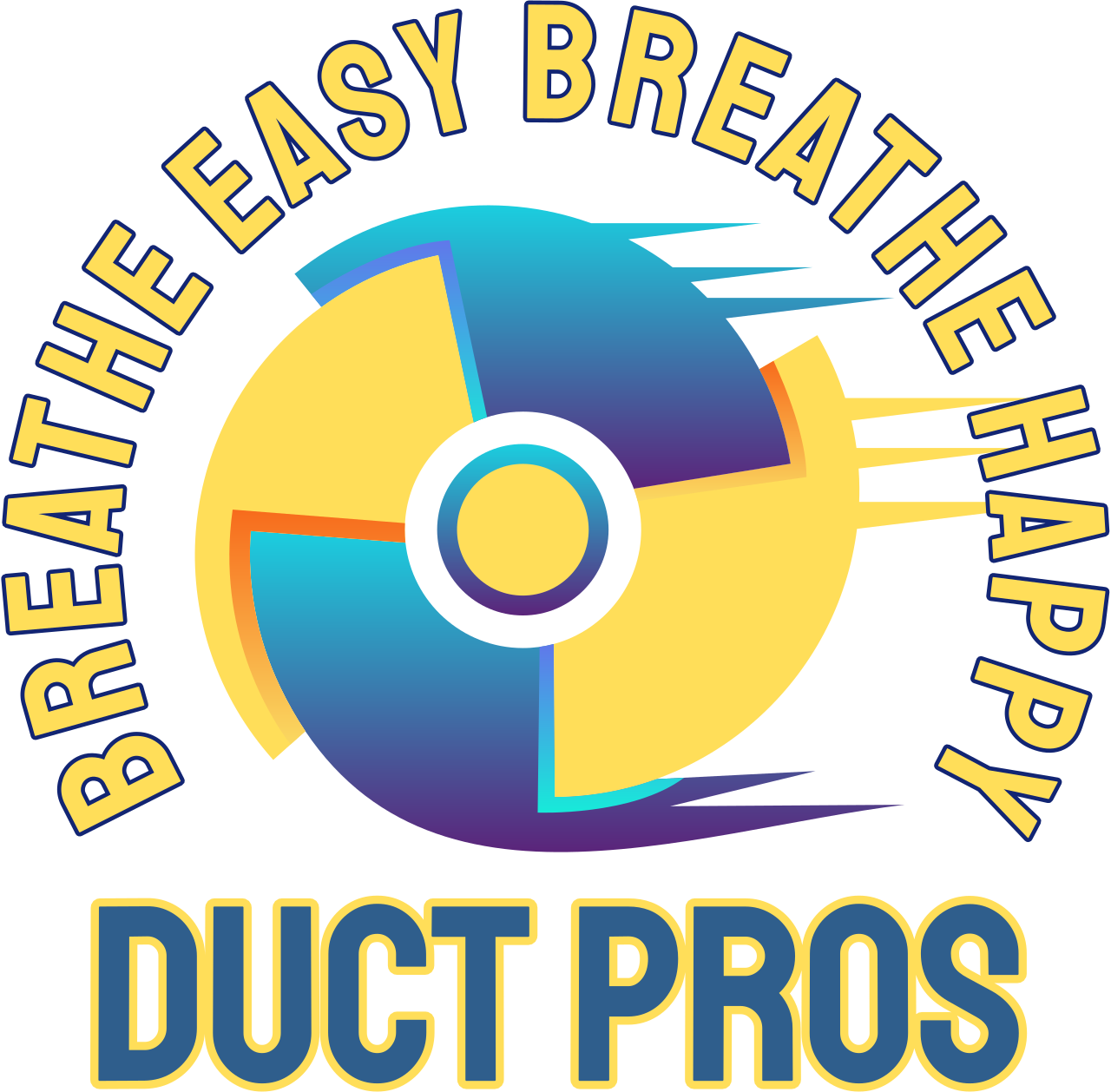The Role of Air Duct Cleaning in Mold Prevention
Mold growth can often go undetected in homes, silently compromising air quality, causing unpleasant odors, and even leading to serious health issues and property damage. One of the most common hiding places for mold is within your HVAC system—specifically the air ducts. Regular air duct cleaning plays a vital role in minimizing this risk, creating a safer and healthier indoor environment. In this article, we’ll explore how mold develops in air ducts, why cleaning is essential, and when to schedule a professional service.
Why Air Ducts Are Prime Spots for Mold Development
Your air ducts act as an extensive system that distributes heated or cooled air throughout your home. As air circulates, the ducts trap dust, pet dander, pollen, and moisture—creating ideal conditions for mold to thrive. Mold spores require only three things to grow: a food source, warmth, and moisture. When water seeps into ducts through leaks, high humidity, or condensation, mold can take hold quickly if left unchecked. This not only degrades air quality, but also increases the risk of spreading spores throughout your home.
How Regular Duct Cleaning Prevents Mold Growth
1. Removing Dust and Organic Debris
Mold often begins on surfaces where organic debris, such as dust or pet hair, has accumulated. These particles absorb moisture and provide nutrients for mold colonies. A thorough air duct cleaning removes this layer of buildup, eliminating one of the key ingredients needed for mold to grow.
By investing in regular professional duct cleaning, you’re removing both allergens and potential mold food sources—significantly reducing the likelihood of microbial colonization.
2. Addressing and Preventing Moisture Build-Up
Moisture control is crucial to mold prevention. During a cleaning, experienced technicians don’t just clear out debris—they also identify issues like condensation, hidden leaks, or clogged drain lines that contribute to elevated humidity inside the ductwork. Spotting and addressing these issues early helps to eliminate the moisture that mold needs to survive.
If mold has already begun growing inside the system, targeted air duct sanitization services are available. These treatments neutralize existing spores and help restore clean, breathable air in your home.
3. Improving Airflow and Humidity Regulation
When dust and contaminants build up in your ducts, airflow becomes restricted. Poor airflow can result in uneven temperature regulation and excessive moisture accumulation in certain parts of your home. High humidity levels, especially in enclosed spaces, contribute to ideal mold-growing conditions.
Cleaning the ductwork restores proper air circulation, enhances HVAC efficiency, and helps your system maintain balanced humidity levels—reducing the chance for mold to develop.
4. Whole-System Deep Cleaning
Effective mold prevention requires more than just surface cleaning. A professional duct cleaning service typically addresses all major components of your HVAC system, including coils, blower motors, drain pans, and vent registers. Cleaning these parts ensures that no area becomes a hidden moisture trap.
Even when duct surfaces appear clean, contamination can exist deeper in the system. By thoroughly cleaning each component, you eliminate unseen risks and prevent long-term damage.
The Health Risks of Mold in HVAC Systems
When mold spores circulate through your HVAC system, they can cause a wide range of health problems. Common symptoms include coughing, sneezing, throat irritation, eye discomfort, and nasal congestion. Individuals with asthma, allergies, or compromised immune systems—particularly children and older adults—may experience severe respiratory complications due to prolonged exposure.
Maintaining mold-free ducts doesn’t just protect your home; it protects everyone who lives in it. If you’ve noticed an increase in allergy-like symptoms in your household, your air quality may be the culprit.
When Should You Schedule an Air Duct Cleaning?
There are definite warning signs that indicate it’s time to schedule an inspection and cleaning:
- You notice a persistent musty smell in your home, especially near vents.
- Your home has sustained water damage or endured high humidity for prolonged periods.
- You spot visible mold growth near or inside your air registers.
- The amount of dust blowing from vents has noticeably increased.
Even if none of these symptoms are present, routine duct cleaning is still recommended every three to five years, depending on your environment, usage, and whether you have pets or someone with allergies in the home. For homes located in particularly humid climates, more frequent cleanings may be advisable.
Cleaner Ducts for a Healthier Home Environment
While cleaning your ducts improves HVAC efficiency, the larger benefit lies in its impact on air quality and mold prevention. By reducing dust accumulation, spotting moisture issues, and keeping your HVAC system clean, you’re taking proactive steps to ensure your home remains safe and comfortable. Learn more about how air purification and routine maintenance can support healthy air throughout your space.
For those concerned about other hidden hazards, don’t forget that your dryer vent can also accumulate debris and pose a fire risk. Check out dryer vent cleaning services to ensure every part of your system is running safely.
About Duct Pros
At Duct Pros, we focus on improving home air quality and protecting your living environment. With years of experience and a commitment to honest, high-quality service, our team helps Kansas City homeowners maintain cleaner, safer HVAC systems. Learn more about our values and mission on our about page.
Final Thoughts
Mold prevention starts with awareness—but it ends with action. Scheduling professional air duct cleaning isn’t just about clearing dust; it’s about stopping mold before it starts, safeguarding your health, and improving the performance of your HVAC system. Whether you’re dealing with signs of mold, recent water damage, or simply haven’t had your system cleaned in years, now is the time to act.
Connect with us on Facebook for air quality tips, updates, and community engagement.

